Activity Content Sections
Instructions
Relevant Terminology
Epicenter: The spot on the Earth’s surface that is directly over the place where an earthquake begins.
Seismic waves: Energy released in the form of waves after tectonic plates have shifted.
Tectonic plates: The plates that make up the outermost layer of the Earth’s crust, also called the lithosphere.
Truss: A structure made out of triangle shapes and designed to carry heavy loads.
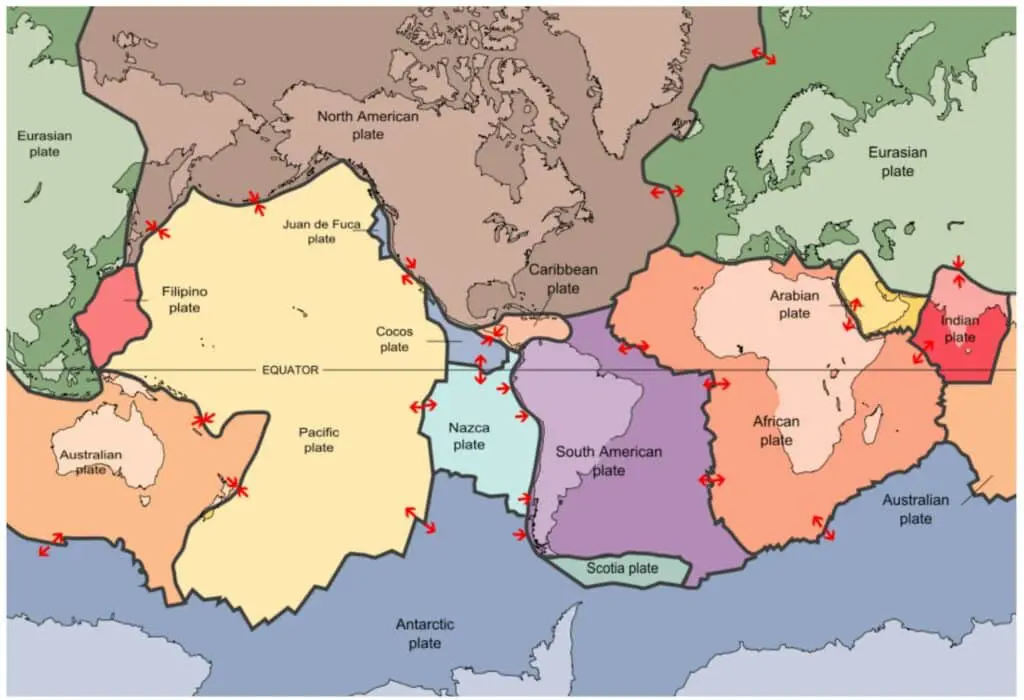
A map of Earth’s tectonic plates. Earthquakes are most common at the boundaries between plates. The movement of plates relative to one another is shown with red arrows. Credit: United States Geological Survey.



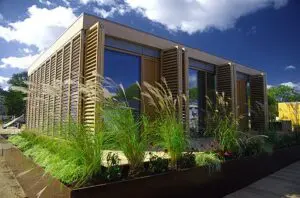
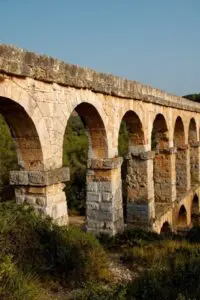
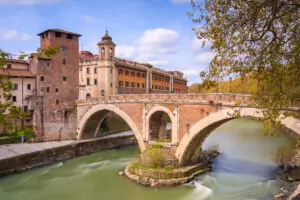

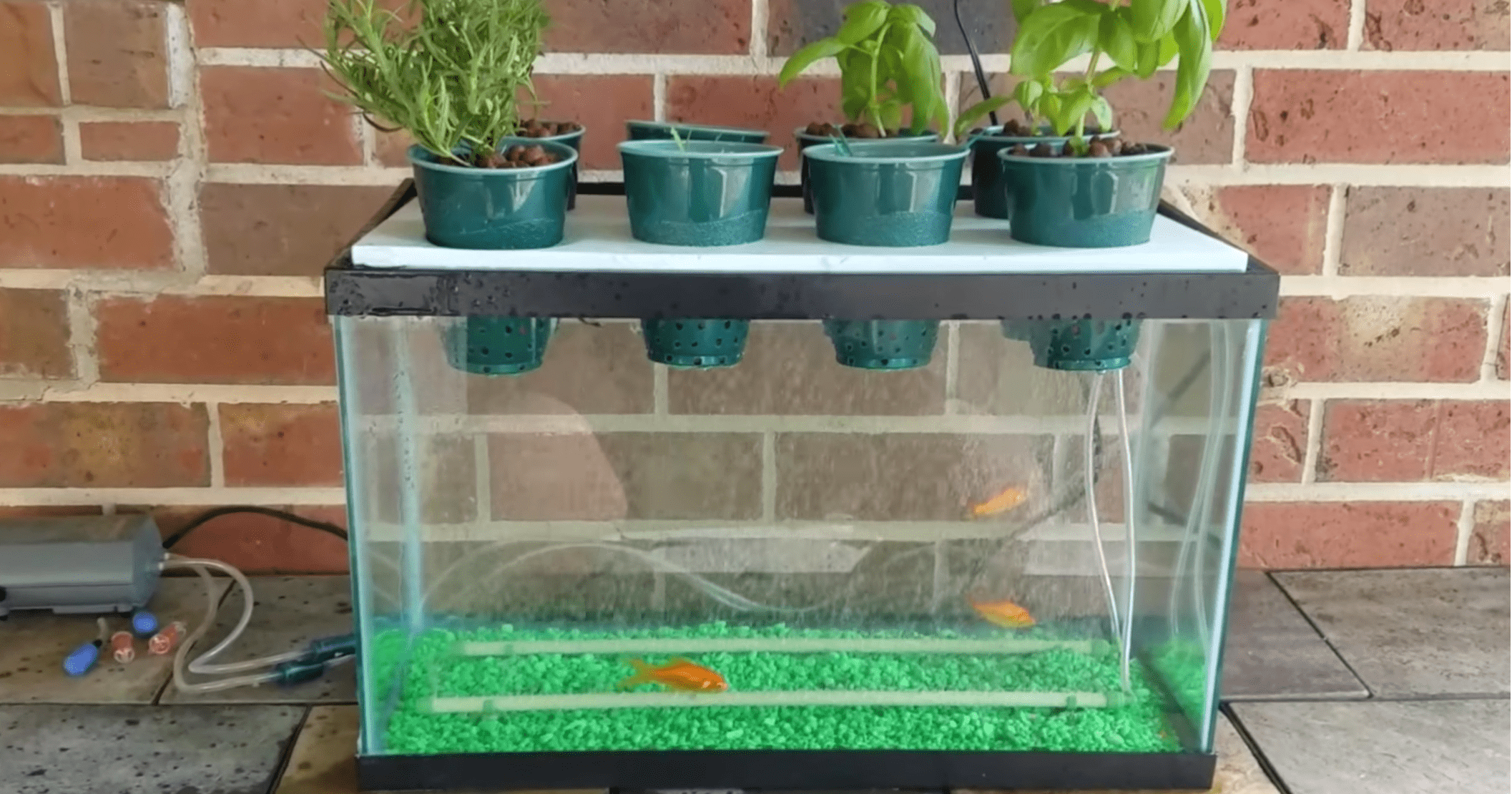
2 Comments
thanks for the info